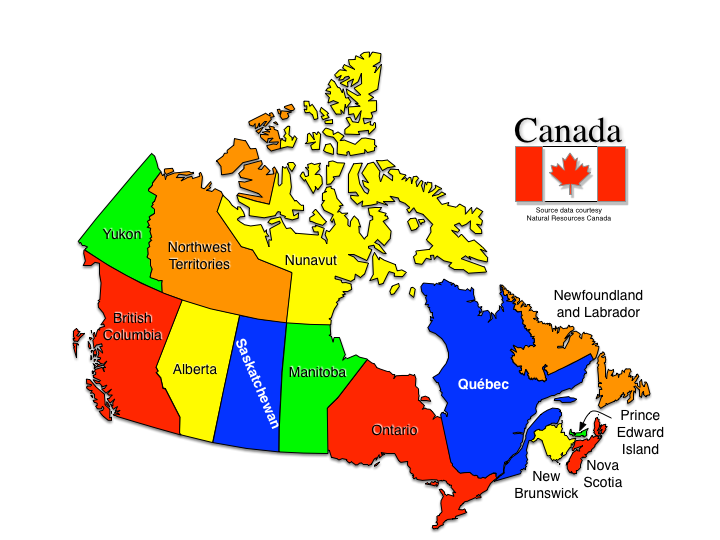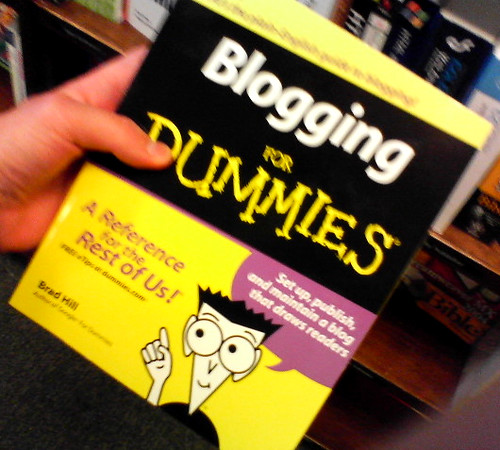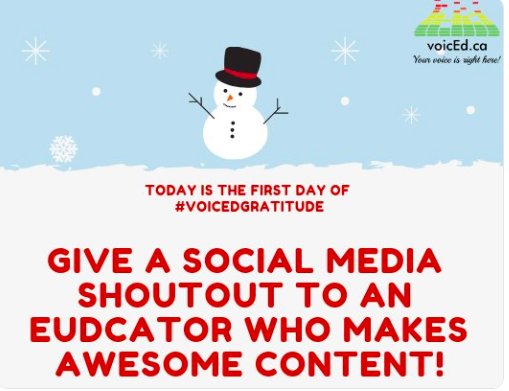Reviews of Recent Professional Reading
I have been doing a lot of Professional Reading this fall and winter. Especially over Christmas, when the cold weather was not motivating me to get outside and play! I've got a few here on pedagogy and leadership and then a section on Young Adult Fiction. Most of the fiction titles are contenders for the Global Read Along 2018 - a chance to see what books might be on the list this year. These are just my own opinions...check them out yourself and let me know what you think!
Shift This, by
Joy Kirr

I think my favourite quote from this book is, "Just keep tweaking. Just keep tweaking." (p3). For me that sums up the beauty of this book. It's all about little ways you can change your classroom, practice, thinking and Professional Development at a pace you can handle, but with awesome results. As I read, I found many tips for things I am already doing, and so may more ideas for things I am not and would like to try. It's a great help for someone new to teaching or with a lot of years in the biz, like me, who want to up their game. She writes in a very readable and enjoyable style - I could almost hear her voice as I read, and it felt more like talking in the staffroom with a colleague, than Professional Reading. Every chapter has real life examples, resources, further reading and reflection questions/call to action statements. She's also active on Twitter (click on her name above for the link) and as I was Tweeting out #BookSnaps, she was really quick to respond to my questions and comments...something I did not expect!
This book is published by
ISTE (International Society for Technology in Education) and is about moving educators to think more deeply and plan more purposefully their use of technology in the classroom. She provides a strategy called the "Triple E Framework" for assessing and implementing technology in the classroom, and gives many case studies, scenarios, different technologies and resources for you to do so. There is some really great stuff in here. That said, it's a very academically written, textbook style book, and not a quick and easy read. I found myself having to take a break after each chapter and sometimes re-read sections to get the most out of it. But, if you are looking for a great resource to help you decide how to move your technology use further up the
SAMR model, this is a must have.
Making your Teaching Something Special: 50 Ways to Become a Better Teacher, by
Rushton Hurley
This was a quick and enjoyable read, likely more suited to teachers earlier in their career, but a good reminder for us old timers as well. There are sections on building relationships and rapport with students, designing assignments and assessments to be more student centered, classroom management, developing a Professional Learning Network in and out of your school, working as a team with everyone in your building, including parents, custodians and secretaries. There were several chapters on how to fund things you want to do in your classroom and how to get the resources you need. These were useful to anyone in the Education Biz.
Code Breaker, by
Brian Aspinall
Great introduction to coding in the classroom by one of Ontario's own! He gives lots of links and QR Codes to projects students have created and resources and videos that will help get you started. It's easy to read and is a good way for those new to coding to learn enough to get going. He also explains why coding is important to teach to students. This is full of resources and also links you to his website - where there are a lot more! Brian is very active on Twitter and is a great follow if you are looking for resources and conversations about computational thinking and coding in the classroom.
Empower, by
John Spencer and
A.J. Juliani
This book has a unique style of writing - lots of sketch notes and a no nonsense approach to why and how we should be increasing inquiry learning in our classrooms. It goes beyond just engaging students and encourages Teachers to Empower students (hence the title) to choose their own paths and find their passions. They state right off that this is not a 'how to manual' - everyone is different after all. Once you finish reading it, you should have a good idea of how to start - where you and your students go from there is up to you. Great read!
Culturize: Every Student. Every Day. Whatever It Takes, by
Jimmy Casas
While written more for an audience of school administrators, there are lots of lessons and insights in this book that can be applied to classroom teachers. He talks about being a champion for every student and creating a culture were all students can succeed. He included insights from other educators and administrators and give lots of ways you can improve the culture of your school through small changes, big changes, resources, etc. His chapter on expecting excellence really aligned with my own thinking. He states that you have to be open to taking some risks and learning from failures, which will not happen if you accept the status quo or reject change. One of the most powerful passages for me was: "No one person is responsible for determining your success or failure but you, and no one is responsible for your morale but you." I found this book to be energizing - and Jimmy is a great follow on Twitter as well!
Cultivating Readers, by
Anne Elliott and
Mary Lynch

Written by two TVDSB'ers, this book is not about improving reading skills
in your classroom, but if you use their ideas, that will likely be a secondary outcome for you! It's about how to get kids excited about reading and how to make your classroom an environment where kids will become avid readers. Not just the ones who are good readers already, but those who may not be reading at grade level or who read because they have to, or those who actively avoid reading as a chore. Anne and Mary share all kinds of activities, tips and advice on how to share and model a love of reading with every student in your room, all of them easy to implement and get started on right away. The style of writing is really engaging and they use lots of real life examples to bring home their beliefs. It does have a more Elementary School focus, but many of these ideas could be easily adapted in Secondary Schools. It got me fired up about my own reading too. This is a great book to add to your Professional Library!
The Four O'Clock Faculty: A Rogue Guide to Revolutionizing Professional Development,
by
Rich Czyz

Sick of "Sit and Listen" style Professional Development? So is Rich Czyz. His book is all about ways school leaders and individual teachers can improve and take charge of their own learning to make it richer, more meaningful and tailored to each educator's own needs. What I loved about his book was that it was about us making choices, and being active in pursing the opportunities that are out there and most relevant to our own practice. He talks about ways to start, innovate and join PLN's on Social Media, especially Twitter, starting EdCamps, Book clubs, hosting Lunch N Learns, blogging, even a Teacher Genius Hour. There are lots of ideas you may have heard before, but given a new spin or twist to make the PD better. There is also a chapter on how to make the best of less than desirable methods of PD. Some of his ideas will take some work or some school culture tweaking, but some of them are easy and could be started pretty much while you are still reading the book, and it is adaptable to whatever grade level or area of learning you are involved in. Follow his hashtag #
#4OCF or check out more at his website:
https://fouroclockfaculty.com
The Wild Card: 7 Steps to an Educator's Creative Breakthrough, by
Hope &
Wade King

This book reminds me a lot of Dave Burgess' book:
Teach Like a Pirate. Hope and Wade King teach at the Ron Clark Academy and share their creative ideas for making your classroom more engaging. While it is very Elementary and Middle School focused, the ideas in it could be adapted to Secondary Schools. They take a cross curricular approach in their pedagogy and regularly transform their classrooms into extraordinary learning environments to teach a variety of subjects with a thematic and inquiry based approach. The transformations are amazing enough and you really need to read the book and see the pictures to get the full scope of them like a beach classroom or School of Rock classroom, but the way they weave so many learning objectives into these environments without a great deal of cost (Dollar Store!) is pretty amazing. I loved the chapter where they encourage you not to listen to the Joker - that less than enthusiastic staff member who pooh pooh's change, or the voice in your own head that discourages change. The book is not just about room transformations either, there are plenty of great ways to use inquiry learning even without a lot of physical changes to the classroom. They are also active on Twitter and bloggers - so the learning doesn't stop with the book.
FICTION:(MIDDLE SCHOOL AND YOUNG ADULT)
Leave Us In Peace, by
Marty Elkins
This is Marty's first work of fiction and follows many characters through WWII from start to finish. He does a great job of including so many of the events of the War on it's many fronts, but told from the perspective of the people experiencing it, from around the world. The characters show many different viewpoints as they experience the hardships of war. We don't often get to read the Russian experience of war in History classes or books in the Western World, but Elkins does a great job of showing the human suffering and loss of these events (especially the Siege of Leningrad) through his characters. This would be a great book to use in History classrooms and perhaps cross curricularly in English and Geography to learn more about the personal costs of war.
Paper Wishes, by
Lois Sepahban
Written for a Young Adult/Middle School audience, this novel is the story of a young American girl of Japanese descent and her family from Washington State who were relocated to an Internment Camp during World War II.
It shows the racism, hardships and heartbreaks they experienced through her eyes as they try to find a way to survive their incarceration. It is a sad a beautiful story about a part of history (Canada had Japanese Internment Camps as well) that we are not proud of, but should never forget.
Global Read Aloud 2018 Contenders
In December 2017, the Contenders for the Global Read Aloud were posted on the
GRA website - there is also the ability to nominate books you would like to have considered. I took a look at the list and picked a few books to try out.
ReStart, by
Gordon Korman
We've read a few of Gordon's books in our classroom and my students always love them. He has a very accessible writing style and includes lots of humor and realistic, lovable characters. ReStart does not disappoint. It is about a teenager, Chase, who falls and sustains a head injury causing amnesia and complete personality change. When he goes back to school, he, his family, his friends and his schoolmates have a hard time dealing with this new Chase, who is essentially getting a "do-over" of his life so far...a re-start. I'm hoping this is chosen as one of the books for GRA18 because I would love to share this book with my class and with our GRA worldwide connections. My students could really get into the themes and questions this book asks, like "Should people be given a second chance?"
Bronx Masquerade, by
Nikki Grimes
A winner of many awards, including the Corretta Scott King Award, this contender looks at the voices and poetry of all the students in Mr. Ward's High School Literature class. It takes them through a year of inquiry into themselves, their lives, and their ability to express themselves and learn about each other through poetry. I love that the teacher in this book is barely a part of the story - other than to display some great pedagogy and to set up a classroom that allows for inquiry learning. Unlike a lot of books and movies about classrooms, where the teacher is the main character and hero - this book is about the journey the students take, based on their own passions and lives. This book may be a bit beyond my classroom to do for GRA18, but I hope it makes the final list, because it is inspirational.
Long Way Down, by
Jason Reynolds
Written entirely in verse, this book amazes me for it's ability to tell so much through such precise language. It's the story of Will, whose older brother has just been shot and killed. Will is going to follow "the Rules" he's always lived with and retaliate. On his way down the elevator he runs into various characters who share their experience with "the Rules" over several generations. It's ending is brilliantly written. But, I don't want to spoil it for you. Even written in verse, it's easily accessible for students, but clearly has some mature themes. There would be so much to talk about and share in this book with a classroom. Honestly, I think is a great read for adults too.
Orphan Island, by
Laurel Snyder
Nine orphans on an Island. Always nine. When a new Changeling arrives, the oldest one returns - to where, we do not know. But, what if the oldest one stayed? This is what Jinny, the next orphan scheduled to leave wonders and struggles with throughout her final year on the Island. She is curious about what is out there, but afraid of leaving her home. The book is a well crafted look at what it means to grow up, and the desire not to give up our innocence and childhood. It would be interesting to hear what my students would think of Jinny's choices. Would they stay or go? Why?
The Red Bandanna, by
Tom Rinaldi
This is the true story of Welles Crowther, one of the many who worked on the 104th Floor of the South Tower of the World Trade Center and died as a result of the attack on September 11, 2001. The book takes us through his childhood and shows us what kind of a person he was through the stories of his family, friends and co-workers. On the day of the attacks, his actions saved the lives of others and serve as a model of courage in terrible circumstances. This would be an interesting book to share with a class to talk about the choices we make and how they affect our lives and the lives of others.
That's it for this post. I've already started a few more great reads (Teaser: Pernille Ripp's two books and Katie Martin's newest book that will be featured in the latest George Curous #IMMOOC) that I will save for my next installment of Professional Reads. Until then...just keep learning and reading!




















































